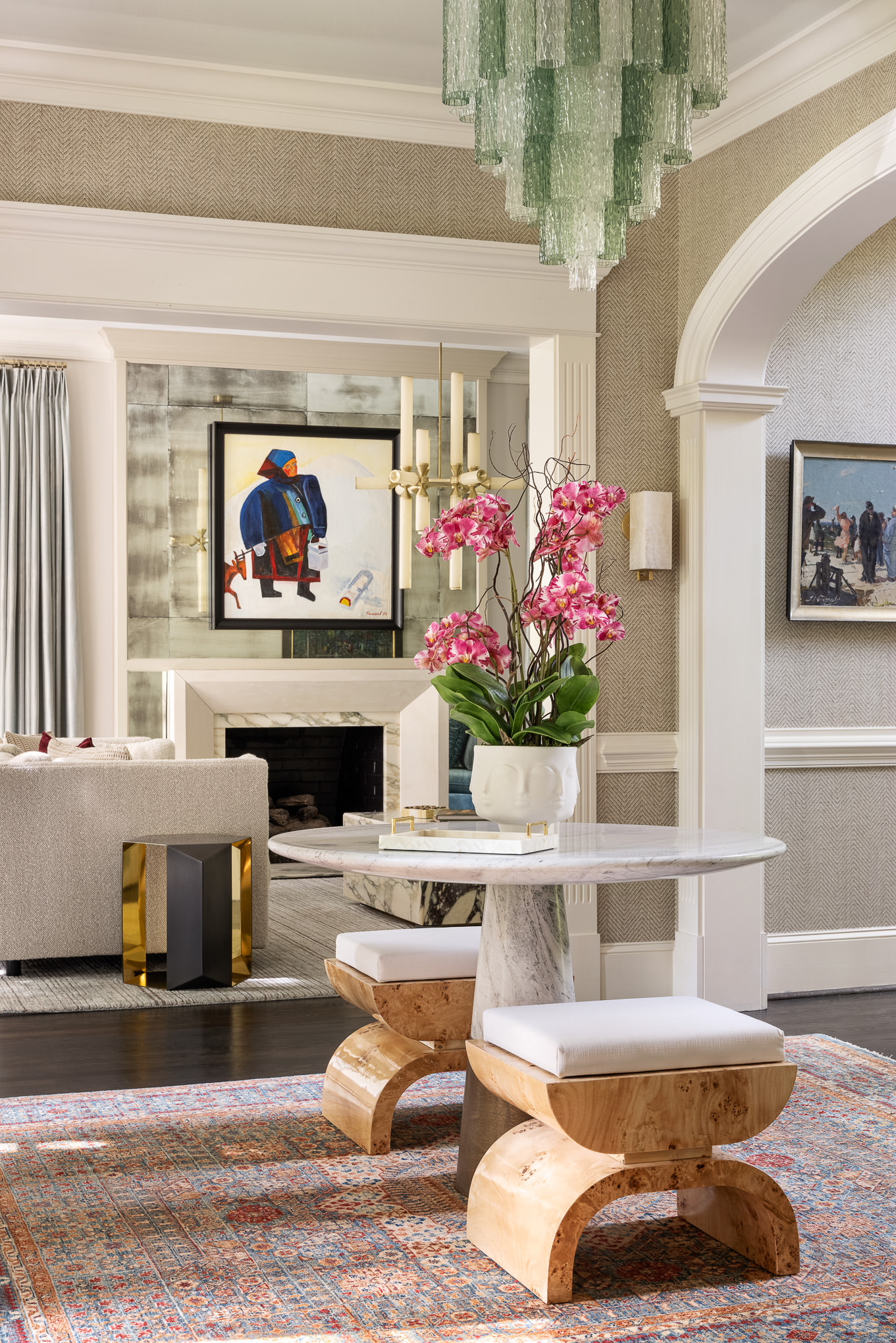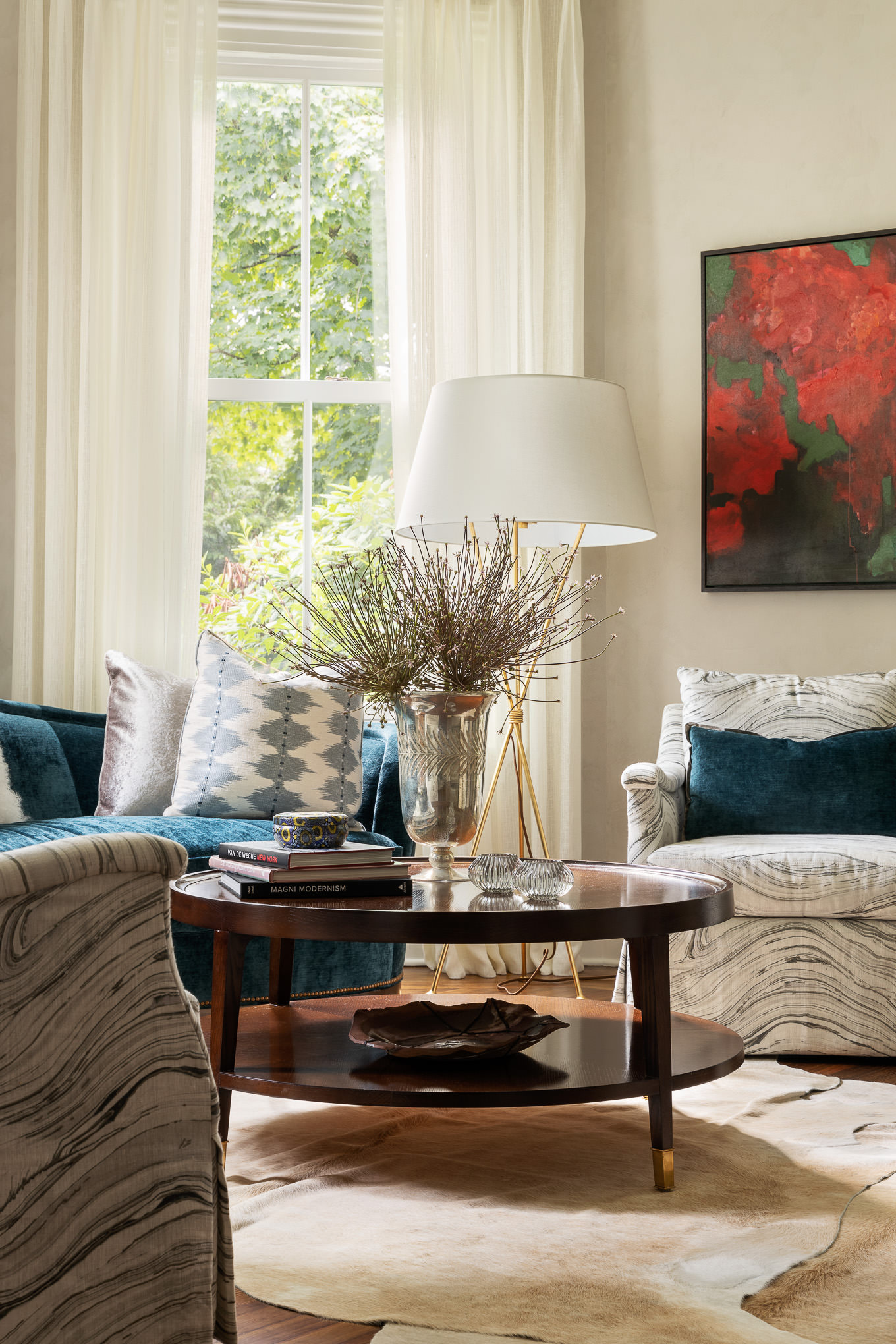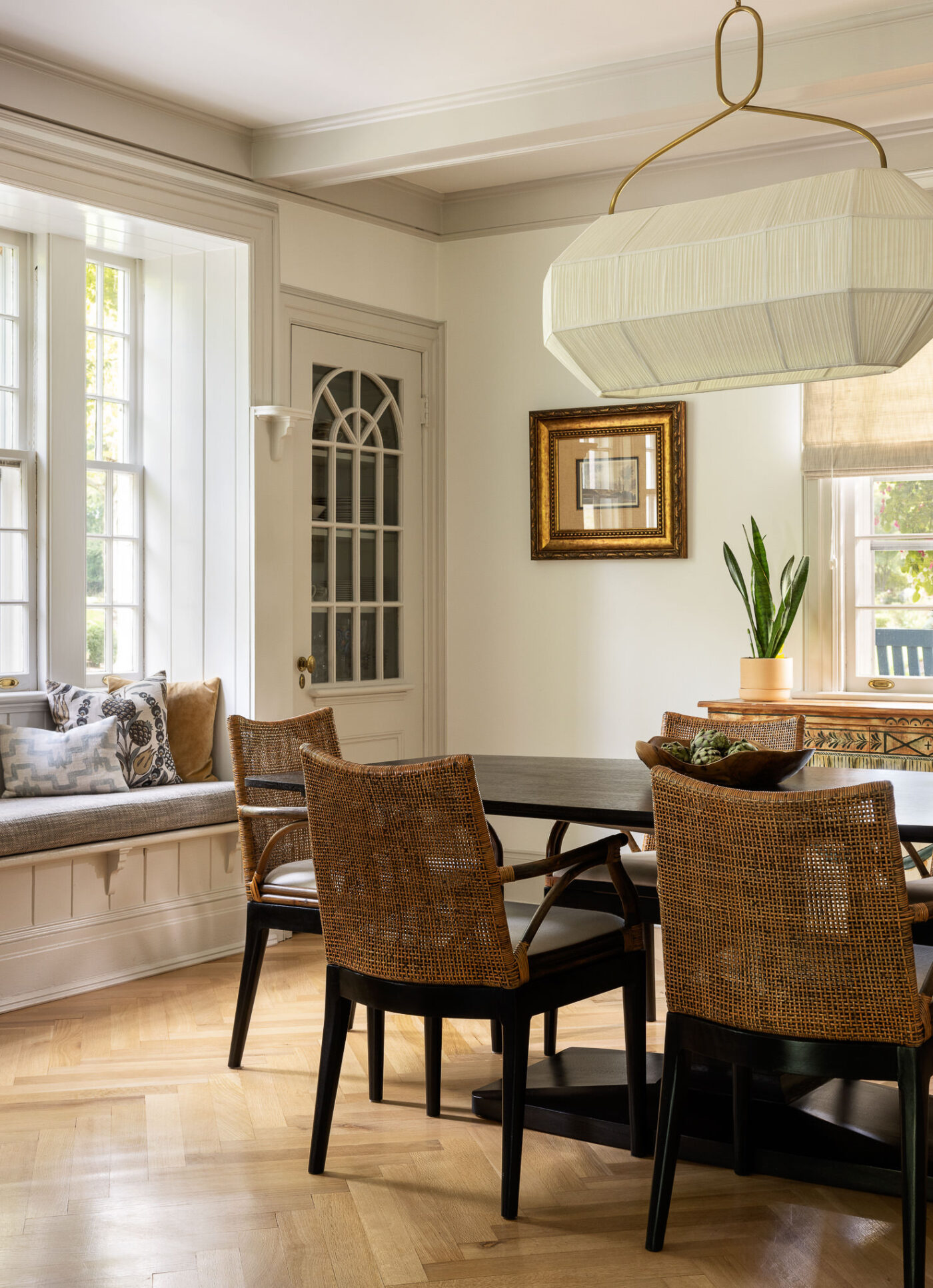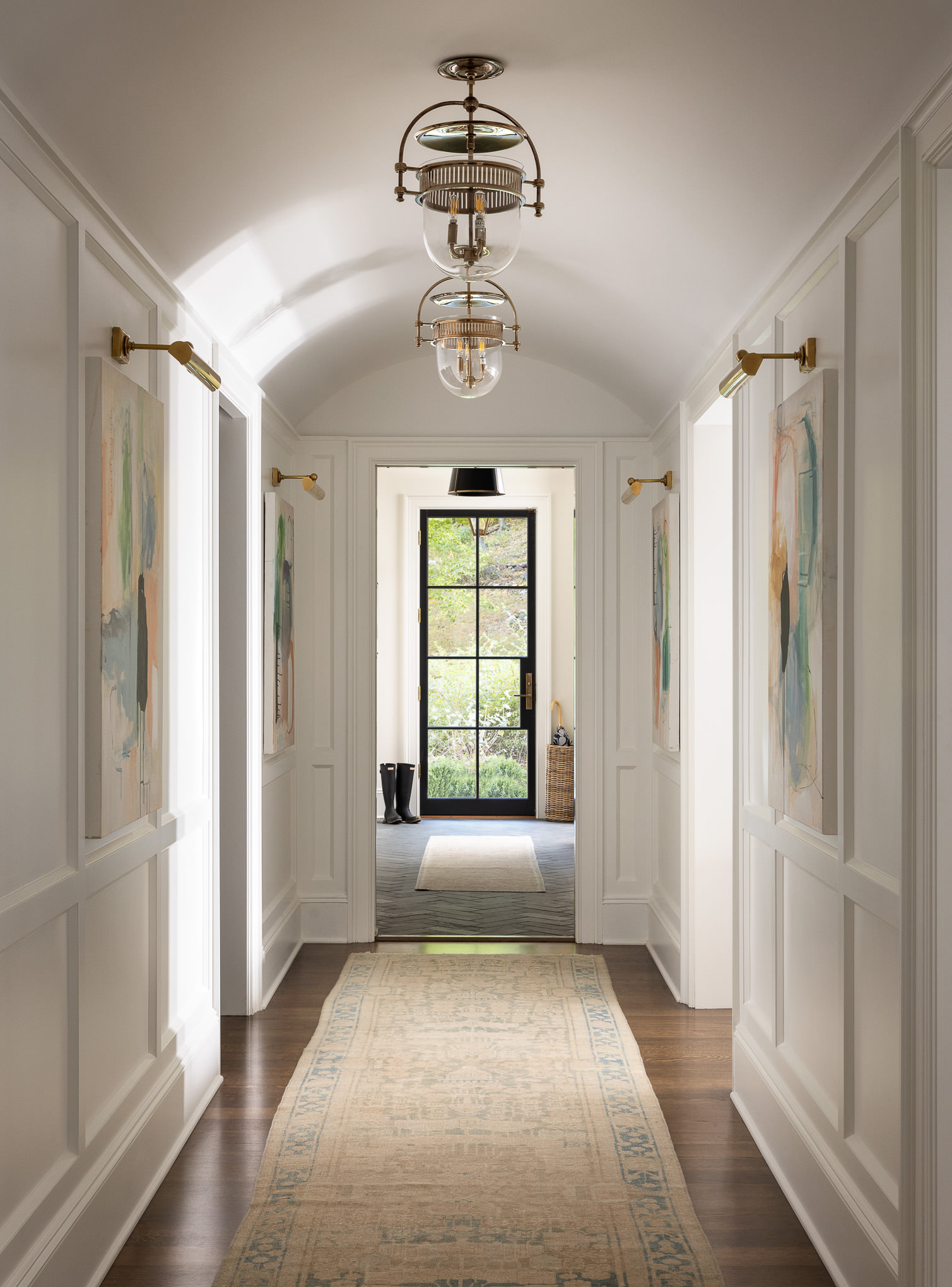How to Get Your Interior Design Projects Published
How to Get Your Interior Design Projects Published
The go-to source for inspiration, interior design magazines always dazzle and delight professionals and enthusiasts alike. Glossy pages are filled with the exciting new work of talented designers at all stages of their career, from industry veterans who have built strong relationships with editors and publications to emerging designers who are finally gaining recognition. Getting published is a strategic endeavor, however, and with a bit of foresight and thorough planning, the chances of seeing your work on the page will increase. If you have an amazing project you’d like to see grace the pages of your favorite print magazine or digital publication, here’s a few tips on how to make it happen.
Unique Design
While everyone loves a gorgeous room, sometimes it simply isn’t enough to get published, especially if your work looks like what’s already out there. What’s unique and special about your design that makes it stand out? Did you use all sustainable materials or only source vintage furnishings? Did you design a home for a disabled client or create a fabulous room on a shoestring budget? Was a particular material used in a new and interesting way? While striking and innovative designs provide a “wow” factor, a complex design challenge that took weeks or months to resolve with a clever design solution can be just as interesting. Think about what differentiates your project from what’s already out there and what type of impact you want it to make.
The Story
Great design isn’t the only thing magazines and editors look for. They (and the readers) want to know the story behind the project and what makes it interesting and unique. Take the time to document the project from beginning to end. How did it unfold? What challenges did you face and overcome? Were there any pleasant surprises? Perhaps discovering an extra five feet of ceiling height during the demolition completely changed the design. What did you learn on the project that can serve as advice to their readers?
The design process can reveal a lot about the project, too. If there’s an interesting starting point, like a client’s collection of pre-Hispanic art, mention it! Think about the storyline and the common themes and characteristics that connect different parts of the home. What is the common thread that runs through the project?
Editors receive hundreds of submissions per week, so it’s essential to think about the details that make your project stand out from the other projects in their inbox. Why you? Why this project? Why now? Pluck all of the special details from your story and craft a compelling pitch for the editor—make it easy for them to say yes.
Styling, Floral, & Photoshoot Prep
Styling and photography go hand in hand and are key components in getting a project published; they can make or break your project. Props and accessories are elements that bring a project to life, making the home feel lived in and complete. Decorative objects such as books, vases, sculptural accessories, glassware, blankets, and plants add character to the home. If styling isn’t your area of expertise, it’s best to hire a professional stylist who will bring an objective eye to each space while handling all of the sourcing, lugging, and logistics. If you plan to pitch top-tier publications, such as Elle Decor or Architectural Digest, another worthwhile investment is a floral stylist. Study the magazines you plan to pitch, analyze your strengths, and hire accordingly. Prior to the photoshoot, ensure that the home is professionally and thoroughly cleaned, including the windows and any glass surfaces.




Photography
Professional photography is an essential investment for interior designers—and a must if you want to increase your chances of getting a project published. Editorial budgets have decreased significantly, and it’s becoming rare for magazines to commission shoots based on scouting images. Your chances will significantly increase if you submit a professionally styled and photographed project that’s ready to publish, especially when you’re submitting your work against dozens of other professionally photographed projects. You want to make it easy for editors to say yes, rather than give them a hurdle to consider. Hiring your own photographer and stylist also gives you more control over how the final images will look, and that’s important for a cohesive portfolio of work.
Plan to book a photographer and shoot a project when you know it will be complete. It’s crucial to hire an interior design photographer who specializes in shooting interiors and architecture, which is a specialized skillset that takes years to master, not only on site but also in post processing. Every photographer has their own unique style, skillset, and price point. Browse their portfolio to make sure that their style not only aligns with yours, but that is also aligns with the publications you plan to pitch.
Editors and magazines want professional high-resolution imagery that is well lit, so it’s important to hire an interiors photographer that understands how to shape light in complex spaces—it’s truly an art form. There will always be situations where only using natural light will not produce a great image. The best images often include both natural light and some strobe lighting that mimics natural light or brings back the details in certain elements of the design. Lights are simply a tool that photographers use to achieve a particular result. Keep in mind that overly lit interiors resembling a real estate listing will land your project in an editor’s trash folder.
Create a shot list with your photographer and stylist that includes interesting detail and vignette shots in addition to the big establishing shots. Editors love and often need these for digital features they’re working on. If you don’t already have a photography clause in your design contract, make sure to secure permission from your client to photograph their home and confirm which spaces you may or may not photograph.
Study your favorite publications
Staying up to date with your favorite publications and understanding what they’re publishing will help guide your pitching strategy. The latest issues, or the articles on the homepages in the case of digital, provide valuable insight about what the publication is looking for. How does your project fit their publication in terms of style and story? Additionally, if the publication has already published a similar project either in style or location, it’s unlikely that they will commission your project so soon.
Digital publications have a much faster turnaround time for publication and constantly need fresh content. If you don’t want to wait for print, which has extraordinarily long lead times, study the sections of your favorite digital publications and see how your project fits in to the website’s editorial landscape.
Keep in mind that there are many types of shelter publications that publish in print. Landing a feature in a national or international magazine is much more challenging and competitive than a local or regional magazine. Consider your target audience and clientele. Which magazines are they reading?
How to pitch your work
After studying your favorite publications, select your top three and prepare your pitch. Write a succinct and compelling summary (five to six sentences) about your project. Highlight what makes it unique, how it fits into their publication, and why they should publish it now. In the pitch, include everyone who made the project happen: the designer(s), architect, builder, contractor, photographer, stylist, and any notable product vendors. Lastly, include a link to a folder with high-resolution photos.
While it’s tempting to share your beautifully photographed project online, it’s important to keep it under wraps if you plan to pitch it for publication. Editors are unlikely to commission projects that have already been seen all over the internet. Generally, every publication wants to be the first and only one to feature your project. If your project has been published elsewhere, even if it’s just one photo, disclose it in your pitch. It’s recommended to only pitch one publication at a time; if you submit to multiple publications and two are interested in commissioning the feature, you’ll have to pull your submission from one of them. And the chances of you ending up on that editor’s blacklist are pretty high if that happens.
Most publications have submission guidelines which can typically be found on their website. Alternatively, if your photographer and/or stylist has relationships with specific publications or editors, they can submit the project on your behalf. Another option is to reach out to a freelance writer who regularly writes for the publications you want to be featured in. They often have good relationships with the editors at several magazines and may be happy to pitch your project if it’s a story that they want to write.
Be patient
Print magazines work on long lead times, at least three months ahead and sometimes up to one or two years. If a publication expresses interest, exercise patience and politely follow up if you don’t hear back within a few weeks. Editors are extremely busy and always working against deadlines; they also have weekly or monthly editorial meetings where they pitch your project to their bosses. Pitching and landing a commission can be a long process; if you’re considering pulling your project and pitching elsewhere, let the publication know of your intent.
Every designer has a different reason for wanting to get their work published, and when it happens, it’s an amazing accomplishment on many different levels. Whether it’s gaining recognition or validation from your peers, landing new clients, or simply seeing your work in a dream publication, getting published can reap a lot of benefits. It’s a worthwhile process that can ultimately transform your business.
©2024 Van Tassell Photography Studio
Comments are closed.